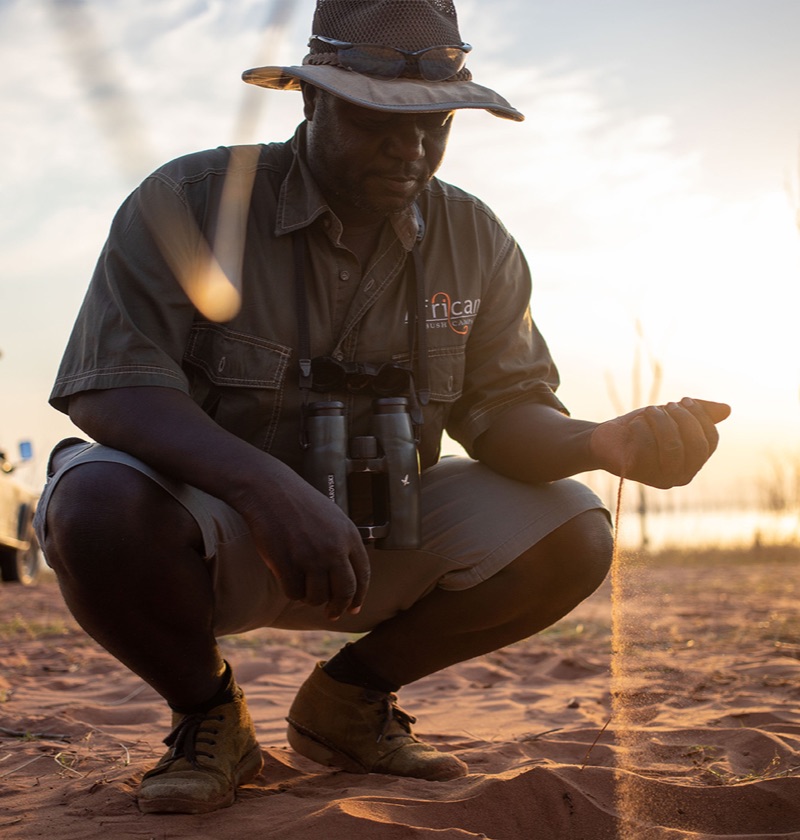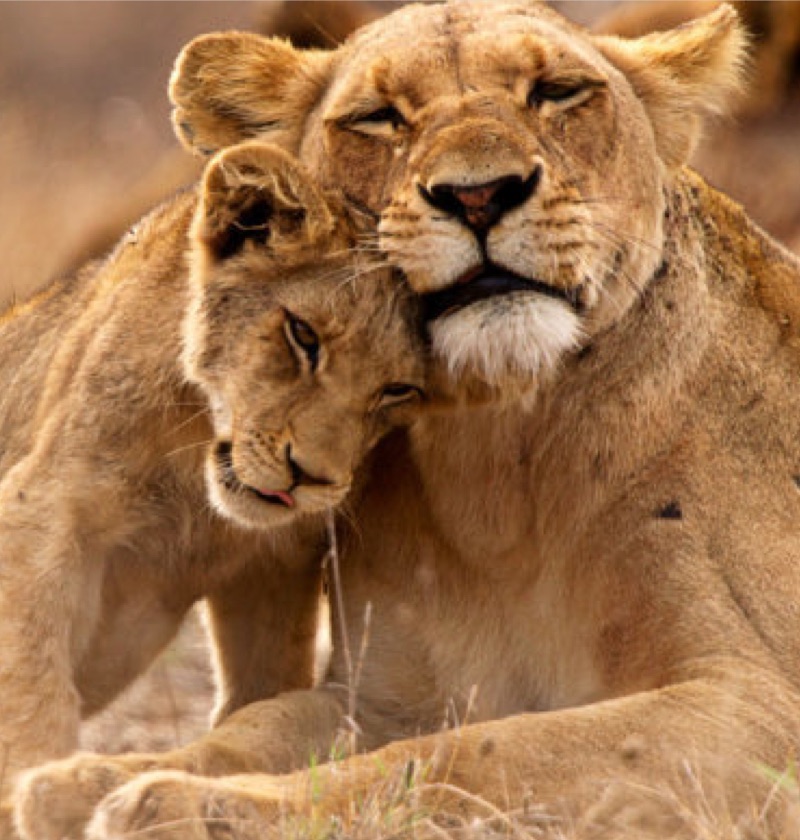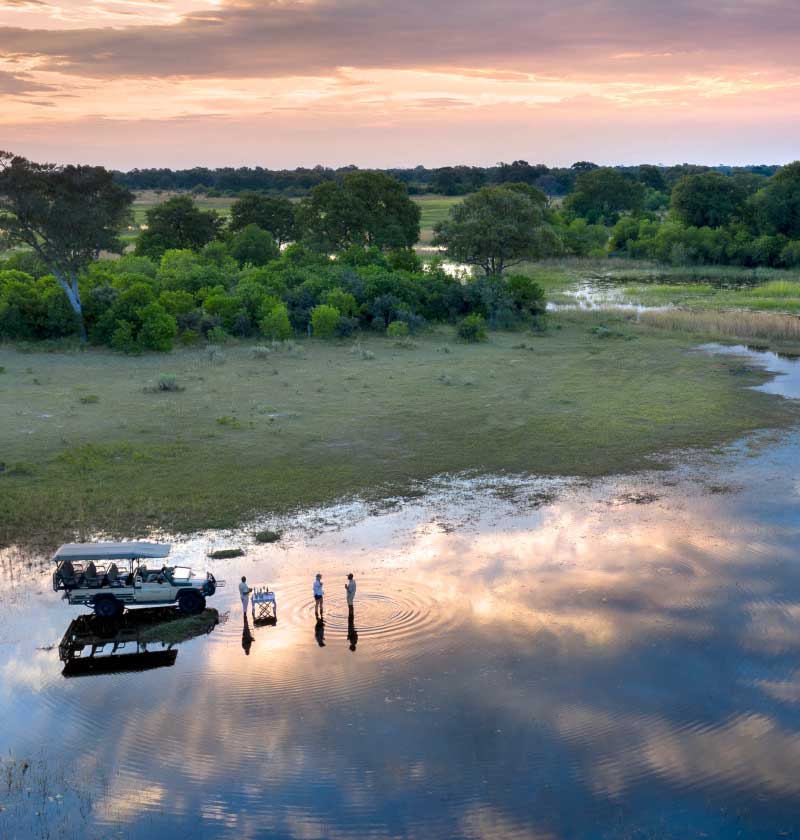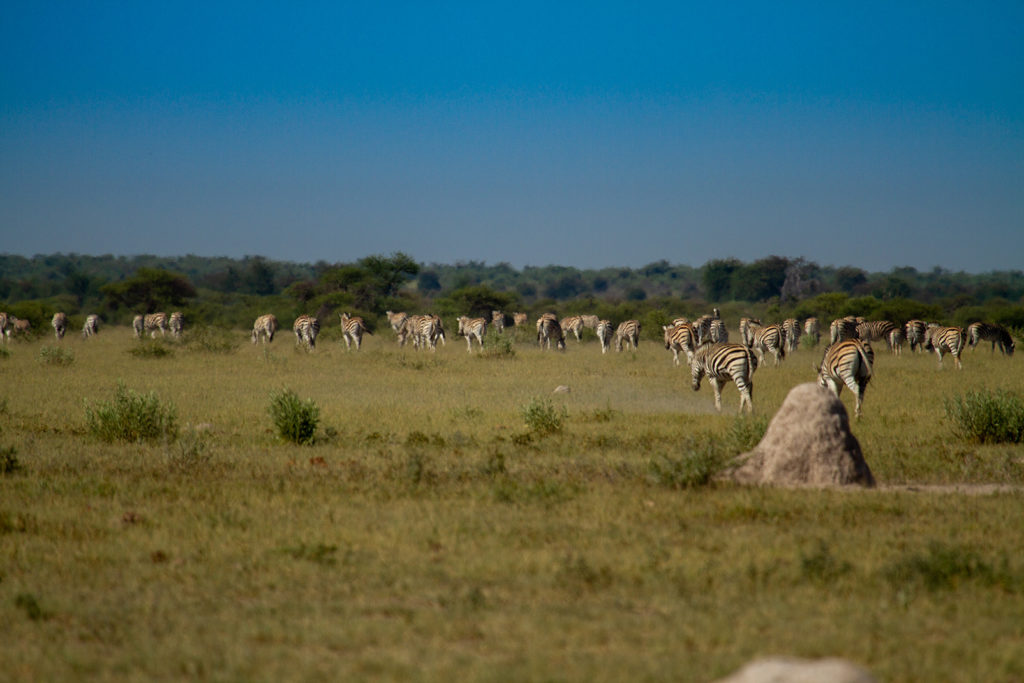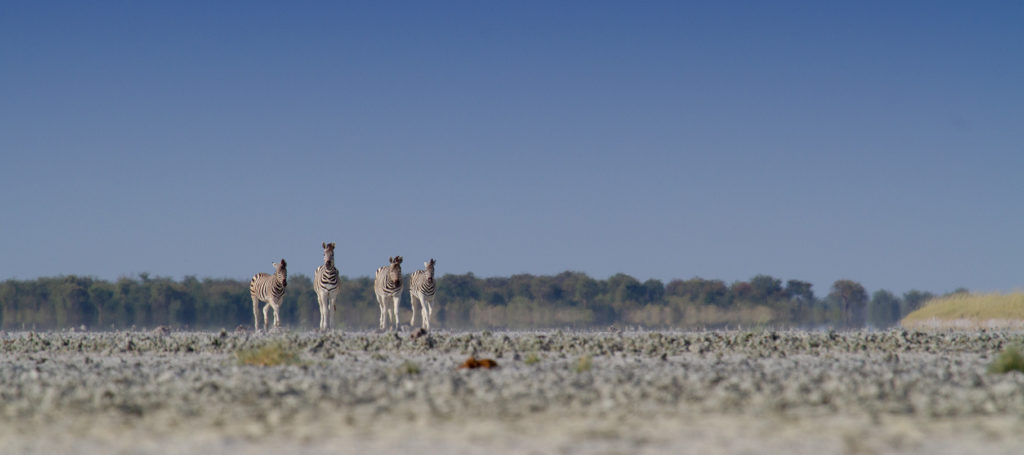FAQs- Frequently Asked Questions About the Zebra Migration
What is the Zebra Migration?
The Zebra Migration, often referred to as Botswana’s Zebra Migration, is an annual movement of zebras between Botswana’s Okavango Delta and Makgadikgadi Pans National Park. It’s known as the longest land migration in Africa.
When does the Zebra Migration occur?
The migration generally starts around November or December with the beginning of the rainy season in the Okavango Delta. The zebras then move southeast to Makgadikgadi Pans. Around March or April, as the pans start to dry up, they return to the Okavango Delta.
Why do zebras migrate?
The zebras migrate in search of food and water. The Okavango Delta floods during the rainy season, forcing the zebras to move to Makgadikgadi Pans, where the water accumulates and the grass is plentiful. When the pans start to dry, they return to the Okavango Delta.
How far do the zebras travel during the migration?
The zebras cover a distance of approximately 500 kilometers (311 miles) one way during this migration, making it the longest land migration in Africa.
Do all zebras participate in the migration?
No, not all zebras participate in the migration. Some populations of zebras in these regions are resident year-round and do not migrate.
What risks do zebras face during the migration?
Zebras face various risks during their migration, including predators like lions and hyenas, exhaustion, and potential scarcity of food and water. They also need to navigate natural obstacles, such as rivers.
Is it possible to witness the Zebra Migration?
Yes, it is possible to witness the migration. Many safari operators in Botswana offer tours during the migration period. However, the timing can vary based on factors like rainfall, so it’s advisable to check with a reputable tour operator for the most accurate information.
How are scientists studying the Zebra Migration?
Scientists are using techniques like GPS tracking to gather more data on the zebras’ exact routes and the environmental factors influencing their migration. This research helps us understand the zebras’ needs and how best to conserve their populations.
